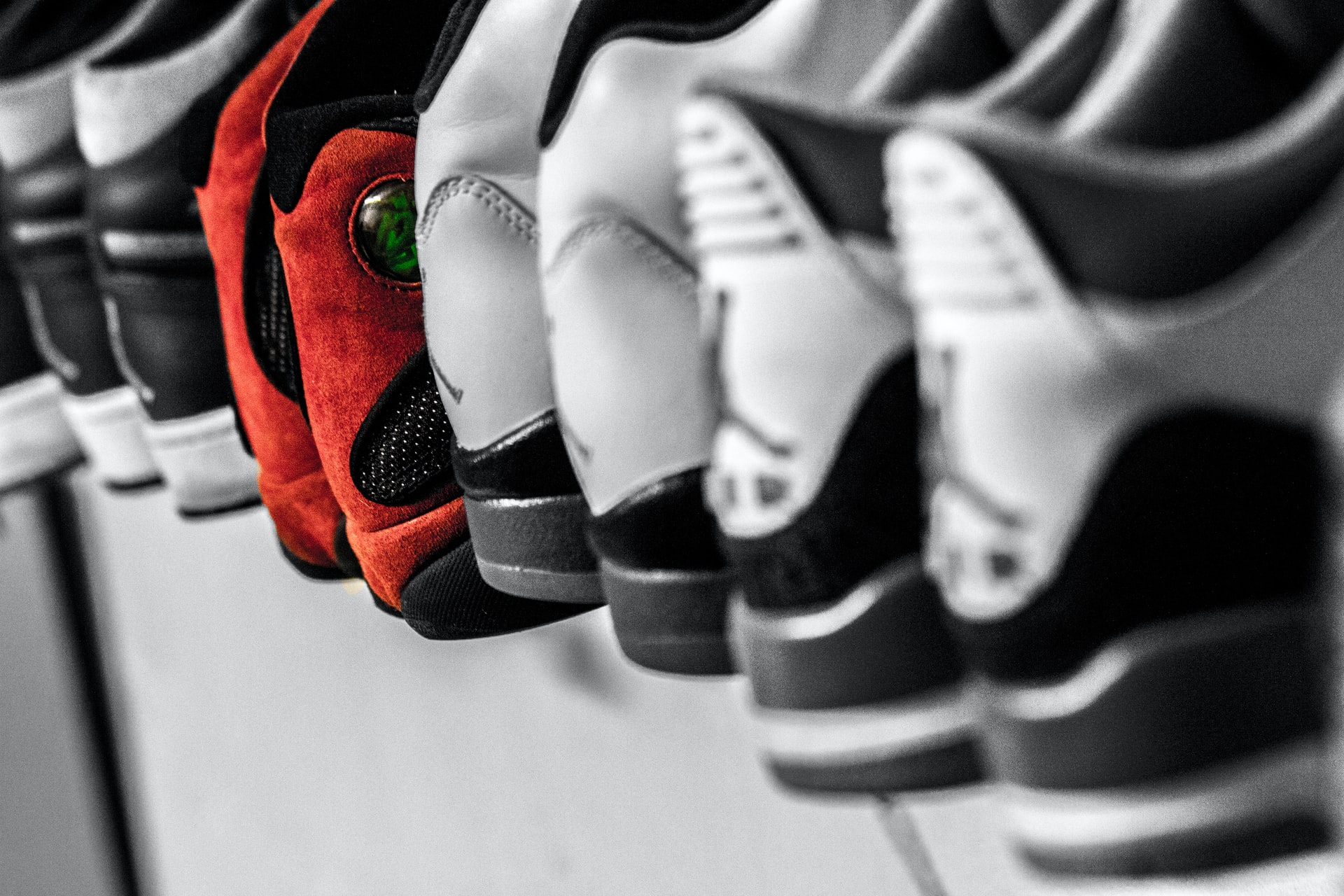6 Factors To Consider Before Purchasing New Sneakers

Unless you are simply buying a fresh pair of sneakers in a brand and style you are already familiar with, selecting the right kind of active footwear is no easy task. For starters, there are practically endless options to consider when browsing various shoe collections. Different pairs are designed to suit distinct activities, and not every pair will fit every foot. When you add in the oftentimes shocking price tags associated with name-brand sneakers, your shopping trip may quickly become unnecessarily stressful. Consider six questions that may help you narrow down your choices to find a pair of shoes that meet your needs precisely.
1. How Will You Use Your Shoes?
First, take some time to consider which activities you will be participating in while wearing your new sneakers. Are you a runner? Do you enjoy hiking, walking, or cycling? Do you tend to spend more time lifting weights than doing cardio? Your answer may determine what style of shoe you need, how much support it should offer, and what its soles should be like.
2. Are They the Right Shape?
Part of the reason that it is so tricky to find the right size of sneakers is that each style is a slightly different shape. Some sneakers are relatively wide, while others are narrow. It’s critical that you find a width that comfortably hugs your foot without being too tight or too loose. Similarly, the height of the arch should mirror your natural arch without being bothersome.
3. How Much Room Do Your Feet Have?
When trying on a pair of sneakers, it’s best to fully put on both shoes, being sure to adjust the lases to your liking. Additionally, make sure to wear socks that are the same thickness as the socks you typically wear. Take some time to sit, stand, walk around, jog, and even jump in the sneakers. Pinch the toe of one shoe while you are sitting or standing to make sure your longest toe doesn’t rub the inside of the shoe. Too little room in this zone could lead to blisters and sore toes, while too much room may allow your feet to slide, leaving you susceptible to injury. Walking shoes generally don’t need to be as spacious as running shoes.
4. What Is Your Budget?
If you are looking for high-quality active footwear, you may find your top options are quite expensive. Be sure to set an upper limit for your shoe budget before ordering or trying on any products. Bear in mind that well-made sneakers often remain supportive much longer than cheaper pairs, so you could view your purchase as a long-term investment.
5. Can You Visit a Shoe Store in Person?
When possible, it is best to carry out your sneaker search in a well-equipped shoe store. This way, you can try on multiple brands, styles, and sizes until you find the perfect fit. Though online shopping sites often offer sizing guides, these tools cannot compare to actually putting on and walking around in a few pairs of shoes. If you don’t have access to a shoe store that carries the products you’re looking for, be sure to research the details of return policies before making an online purchase.
6. What Do the Shoes Look Like?
Finally, be sure to choose a color and design that suits your personality and your wardrobe. While this may not affect the functionality of footwear, color can impact a sneaker’s versatility, as well as its longevity. White running shoes, for instance, may not be a good choice if you plan to go trail running, as they would quickly become visibly dirty.
At Extensively.net, we understand how difficult it is to find products that fit your budget, your practical needs, and your style. When you’re looking for the best up-and-coming tech, such as marketing software, networking sites, and computers, be sure to browse our site for the latest reviews and research.
